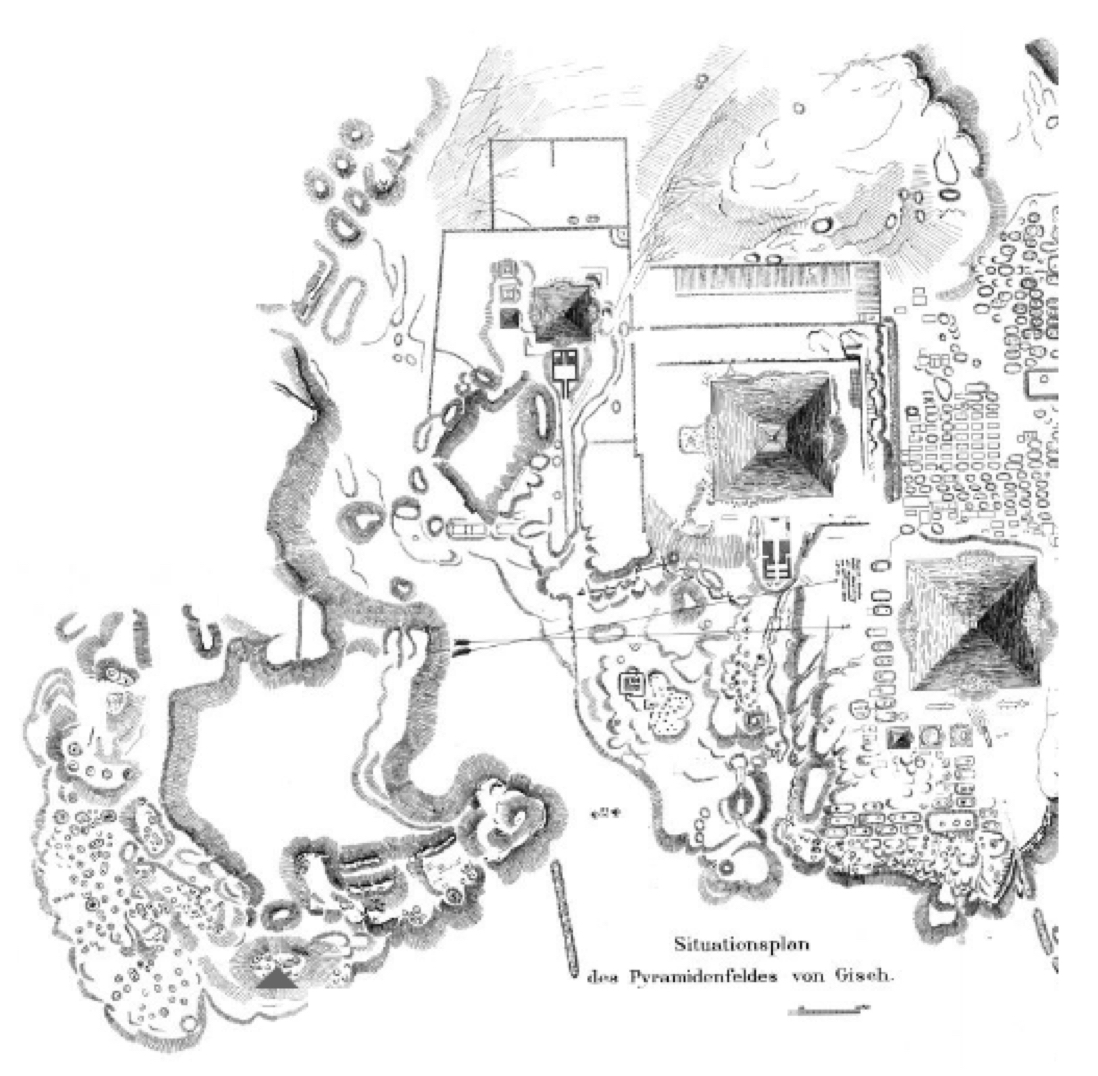Ancient Egyptian Writing
Ancient Egyptian writing is known as “hieroglyphs,” a word that literally means “sacred engravings” in Greek. The Egyptian language evolved through several phases over the approximately 3,500 years of ancient Egyptian history, with changes in grammar and addition of new scripts. Hieroglyphs comprise a system of “picture-writing” in which the “letters” are images. The ancient Egyptians drew inspiration for their shapes from nature and the world around them – signs that resemble people, animals, body parts, plants, buildings, objects, and many other forms. The base set of hieroglyphic signs totals around 750, with variations on them that number into the thousands. Hieroglyphs are not “letters” in the same sense as the English alphabet. Individual hieroglyphic signs do not necessarily correspond to the sound of one modern letter (though a small number of them do). Some characters are equivalent to two, three, even more letters and sounds – and some have no sound at all, but instead visually help to classify the meaning of a word. Vowels are not shown in Egyptian writing, only consonants, and hieroglyphs do not have spaces between words or punctuation between sentences. Lines of hieroglyphic writing can be written left to right, right to left, or in columns from top to bottom. A reader must adjust accordingly. Only a small portion of ancient Egyptian society could read and write, though the pictorial aspect of the writing probably allowed a basic degree of understanding in some cases. Writing was a job-specific skill, most generally for people who worked in government administration or had careers in priesthood and temple management. “Scribes” were professionals whose primary role was to record and document things in writing, and their job was one of relatively high regard. In cases of monumental writing – carving hieroglyphs into stone on temples, tombs, and other buildings – the Egyptians doing the carving often likely did not known what they were writing. The kinds of writings most frequently found at Giza are inscriptions carved and/or painted onto tomb walls. Objects deposited in tombs and burials also sometimes carry inscriptions on them.
Scribes
24 items


